Is Niacinamide Good for Dry Skin?
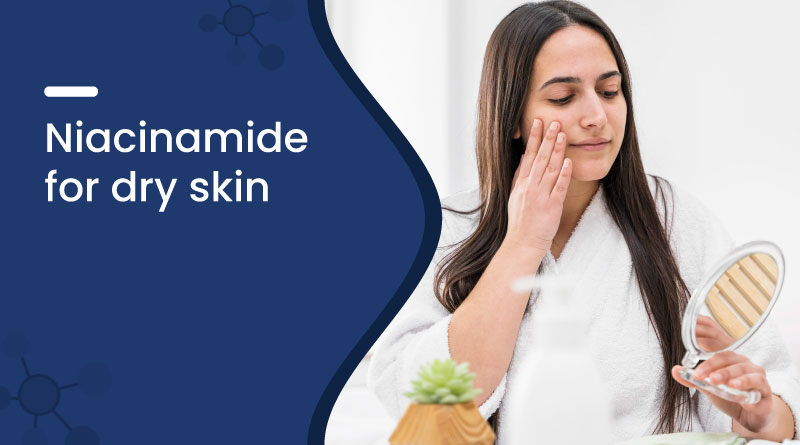

Dry skin can feel tight, flaky, and uncomfortable. If you're struggling with these issues, you may be wondering — is niacinamide good for dry skin? The answer is yes. Niacinamide, a form of vitamin B3, is widely known for its hydrating, soothing, and skin barrier-strengthening properties. This blog will explain how niacinamide helps dry skin, how to use it, and which product is best suited for you.
What Is Niacinamide and How Does It Help Dry Skin?
Niacinamide is a water-soluble vitamin that supports the skin’s natural barrier, helping it retain moisture. For people with dry skin, this means less flaking, redness, and irritation.
Here’s how niacinamide helps dry skin:
- Improves skin hydration by increasing ceramide production
- Reduces water loss from the surface of the skin
- Soothes redness and sensitivity
- Enhances skin texture and tone
By strengthening the skin barrier, niacinamide ensures that the skin retains moisture for longer periods, reducing dryness and discomfort.
Can Niacinamide Be Used Daily on Dry Skin?
Yes, niacinamide is gentle enough for daily use, even on sensitive or dry skin. It can be applied once or twice a day, depending on your skincare routine.
For best results:
- Apply after cleansing
- Use 2–10% niacinamide serum
- Follow with moisturizer
Which Niacinamide Product Is Best for Dry Skin?
Dry skin needs hydration-focused formulations. A good niacinamide product for dry skin should combine niacinamide with moisturizing ingredients like hyaluronic acid, glycerin, or aloe vera.
Here’s a recommended option:
| Product Name | Benefits |
|---|---|
| Zeelab Niacinamide Face Serum | Hydrates dry skin, reduces redness, smooths rough texture |
Is Niacinamide Safe for All Skin Types Including Dry Skin?
Yes, niacinamide is non-irritating and safe for all skin types, including dry and sensitive skin. In fact, its calming and anti-inflammatory properties make it ideal for those experiencing dry patches, flakiness, or tightness.
However:
- Start with a lower concentration (2–5%) if you're using it for the first time
- Patch test before full use
How Quickly Can Niacinamide Help Dry Skin?
You can start seeing improvements in skin hydration within 1–2 weeks. With consistent use:
- Skin texture improves
- Dry patches reduce
- Skin looks plumper and more radiant
Full results usually appear after 4–8 weeks of daily use.
What Are Some Tips for Using Niacinamide on Dry Skin?
Here are some expert-backed tips to maximize results:
- Use a hydrating cleanser before applying niacinamide
- Layer with a hyaluronic acid serum underneath for deeper hydration
- Avoid combining with high concentrations of Vitamin C in the same routine if your skin is very sensitive
- Use sunscreen daily, as hydrated skin is more susceptible to sun damage
FAQs About Niacinamide for Dry Skin
Q. Can niacinamide worsen dry skin?
A. No, it actually helps improve dry skin. However, overuse or combining with harsh ingredients might cause temporary irritation.
Q. Should I moisturize after applying niacinamide?
A. Yes, always apply a moisturizer after niacinamide to seal in moisture and strengthen the skin barrier.
Q. Can I use niacinamide with hyaluronic acid on dry skin?
A. Absolutely. This is a hydrating combo that works well together for dry or dehydrated skin.
Q. Is niacinamide better than Vitamin C for dry skin?
A. For dry skin, niacinamide is often more gentle and hydrating than Vitamin C, which can be irritating to some.
Q. How often should I use niacinamide on dry skin?
A. Use it once or twice daily depending on your routine and skin tolerance.
Conclusion
So, is niacinamide good for dry skin? Definitely. It hydrates, soothes, and strengthens the skin barrier, making it one of the best ingredients for dry or sensitive skin. If you're looking to add a reliable, budget-friendly niacinamide serum to your skincare routine, consider the Zeelab Niacinamide Face Serum — a powerful yet gentle formula designed for daily use.
Glycolic Acid + Aloes + Niacinamide + Vitamin E
100gm in 1 tube
Kojic Acid, Arbutin, Glycolic Acid, Niacinamide, Vitamin E & Mulberry Cream
25 gm in 1 bottle
Recent Blogs
Disclaimer : Zeelab Pharmacy provides health information for knowledge only. Do not self-medicate. Always consult a qualified doctor before starting, stopping, or changing any medicine or treatment.

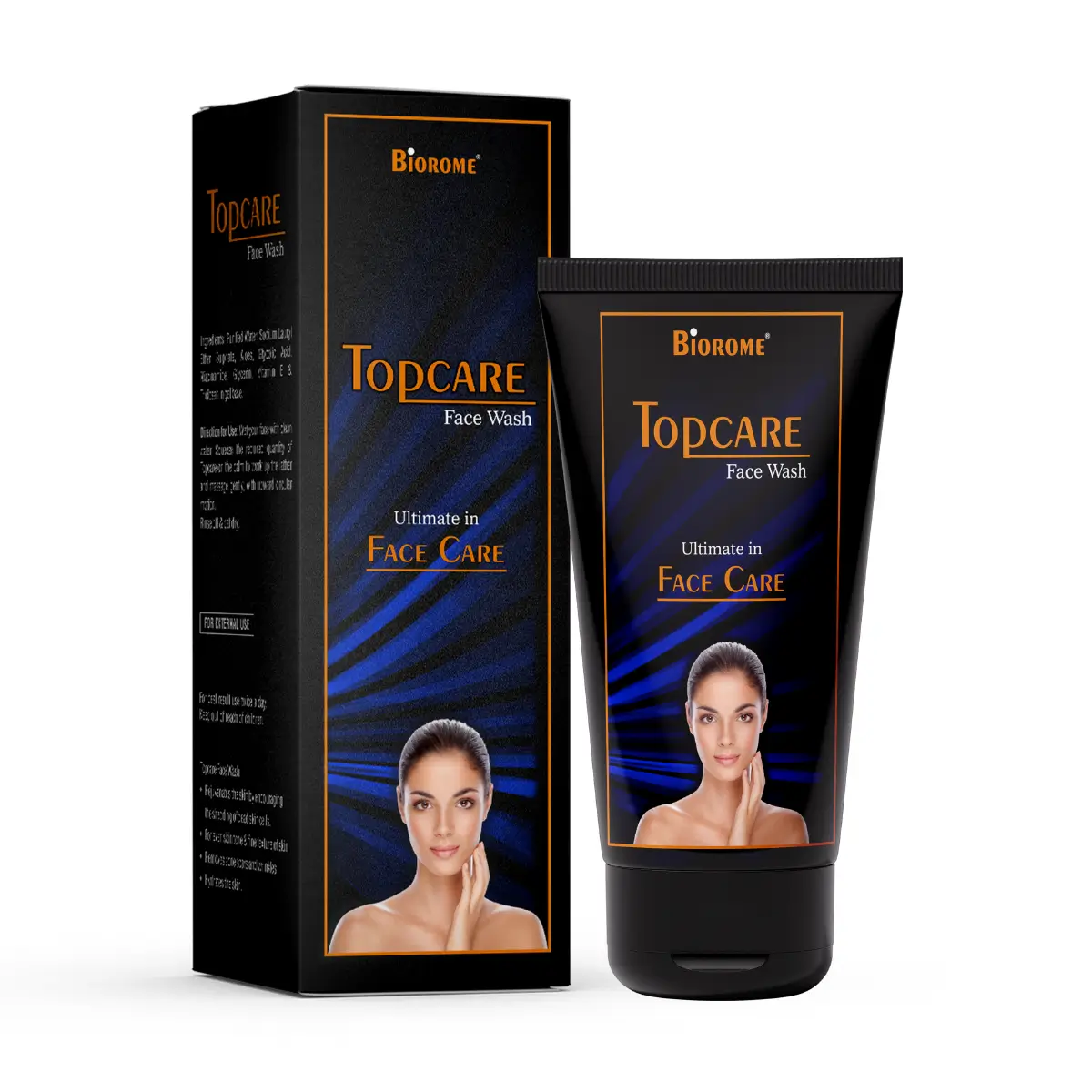
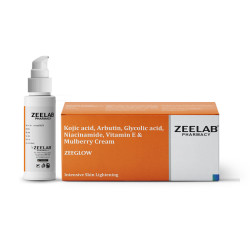
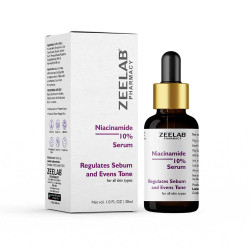
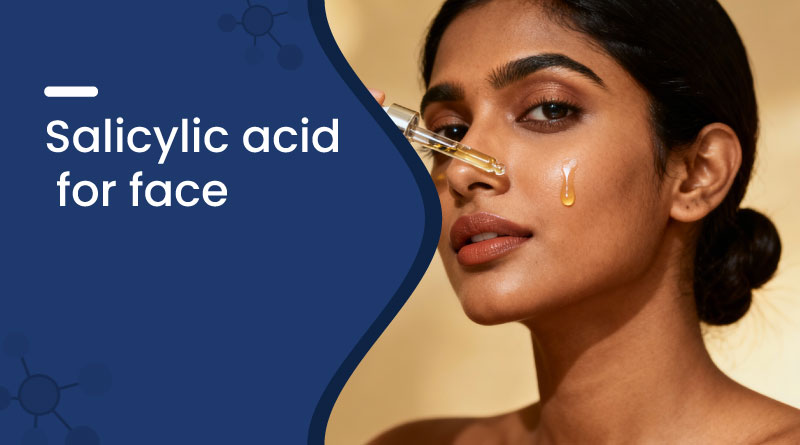














 Added!
Added!